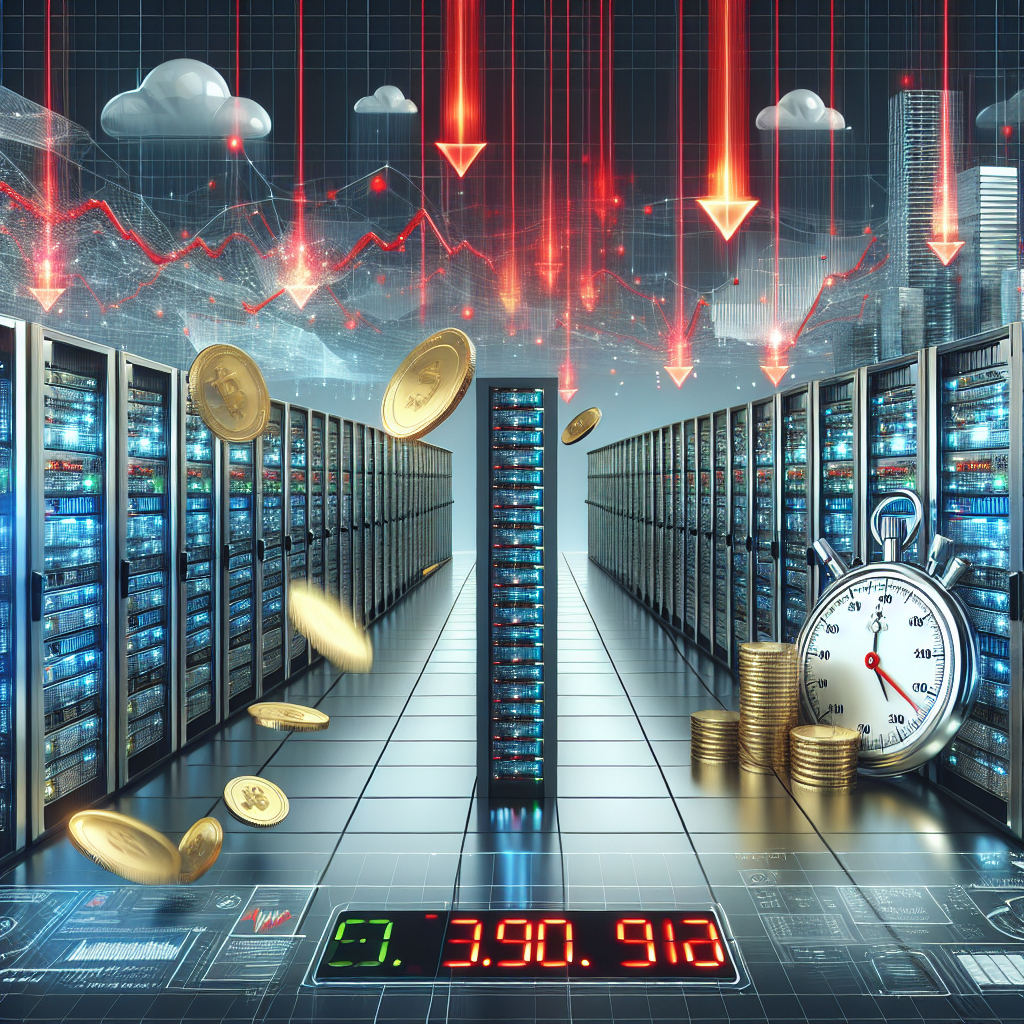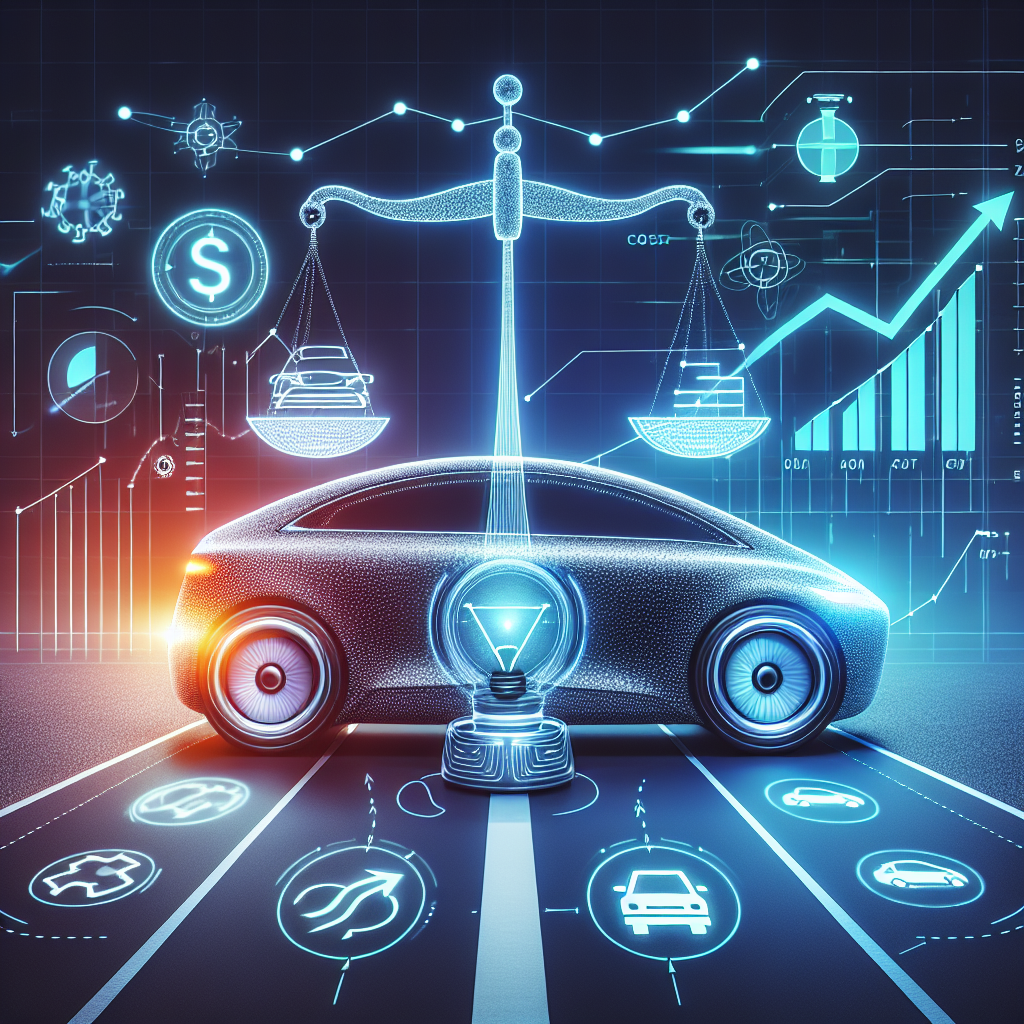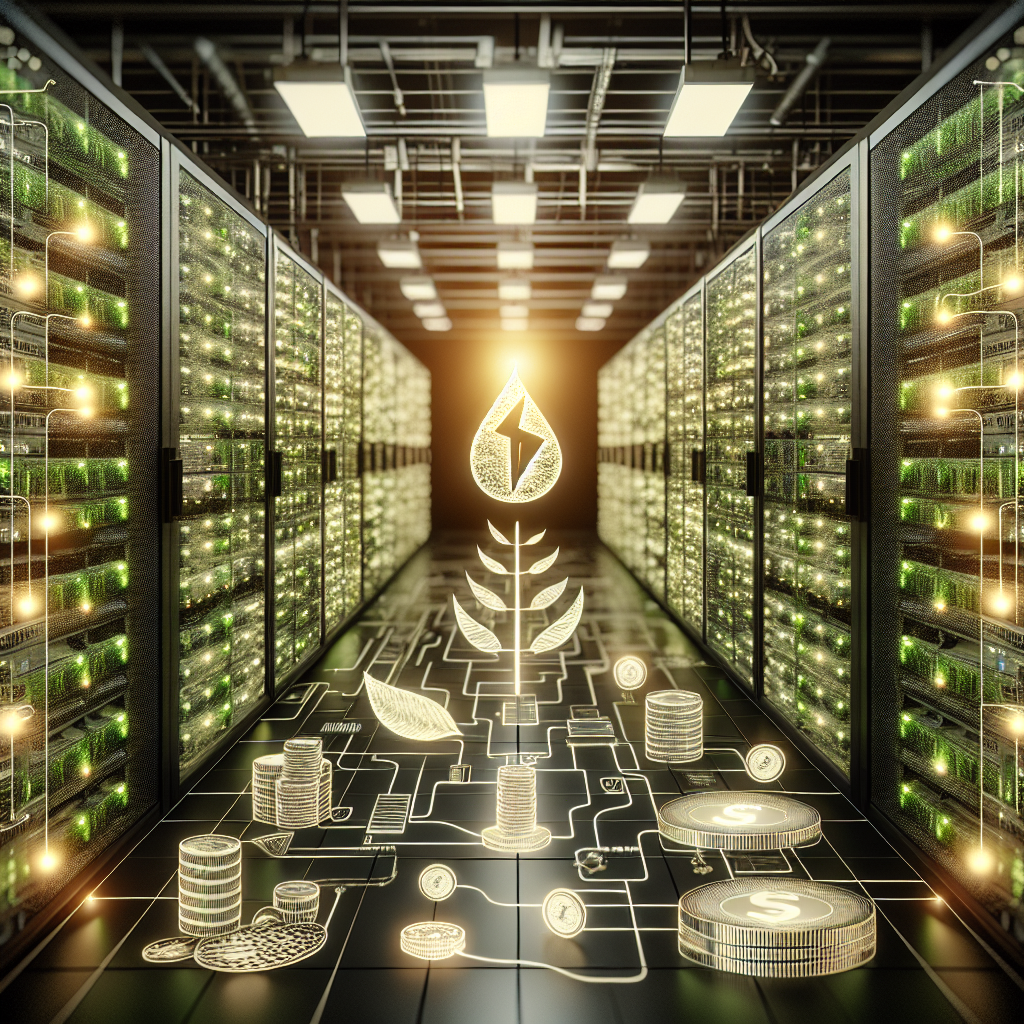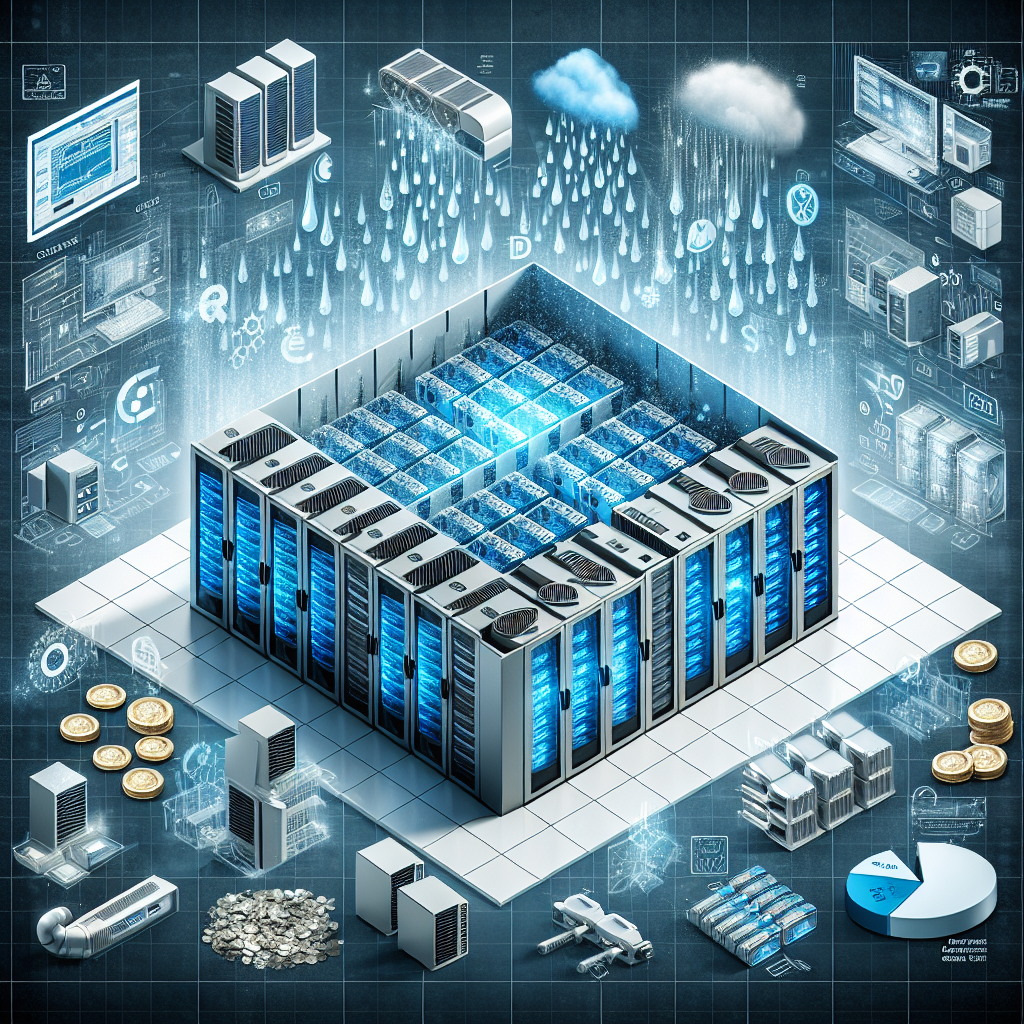Data centers are the backbone of today’s digital economy, serving as the nerve center for storing and processing vast amounts of data. With the increasing reliance on data centers for businesses to operate efficiently, the cost of downtime has become a crucial factor in understanding the economic impact of disruptions.
Uptime, which refers to the amount of time a data center is operational and available, is a key metric in measuring the reliability and performance of a data center. Downtime, on the other hand, refers to the period when a data center is unavailable due to various reasons such as power outages, equipment failures, or software issues.
Calculating the cost of downtime is essential for businesses to understand the financial implications of disruptions to their data center operations. The cost of downtime can vary depending on the size and complexity of the data center, the industry in which the business operates, and the criticality of the data center to the overall business operations.
One way to calculate the cost of downtime is to consider the impact on revenue and productivity. For example, if a data center outage leads to a loss of sales or missed opportunities for new business, the revenue impact can be significant. In addition, the loss of productivity due to downtime can result in increased labor costs, delayed projects, and a decrease in customer satisfaction.
Another factor to consider when calculating the cost of downtime is the impact on reputation and brand image. A data center outage can damage a company’s reputation and erode customer trust, leading to long-term consequences such as loss of customers and revenue.
Furthermore, the cost of downtime can also include the expenses associated with restoring operations, such as repairing equipment, hiring temporary staff, and implementing new security measures to prevent future disruptions.
To mitigate the cost of downtime, businesses can implement strategies to improve the reliability and resilience of their data center operations. This may include investing in redundant power supplies, backup generators, and data replication technologies to ensure continuous availability of critical systems.
In conclusion, understanding the economics of data center uptime is crucial for businesses to assess the financial impact of disruptions and develop strategies to mitigate the cost of downtime. By calculating the cost of downtime and implementing measures to improve data center reliability, businesses can minimize the risk of disruptions and ensure the smooth operation of their digital infrastructure.




